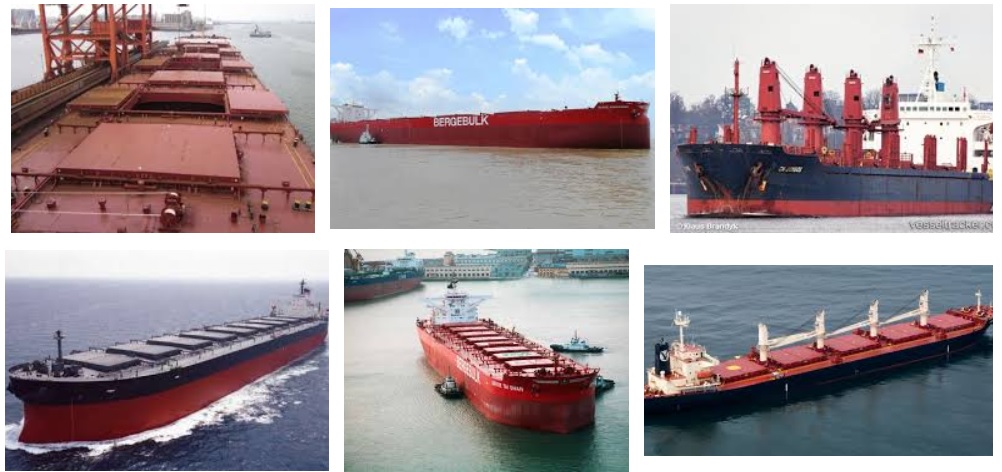August 24, 2022 BIMCO
will be installed on Hapag-Lloyd’s 7,500-teu-Ningbo Express in Dubai in September. The ship saves between 10 % and 13% fuel and CO² emissions, depending on the sailing condition.
In total, there are plans to equip at least 86 ships with the new and more efficient propellers. At the same time, 36 vessels will receive a new, flow-optimised bulbous bow.
During the scheduled dry dock stays, a resistance-reducing coat of anti-fouling paint will also to be applied to all vessels on the part of the exterior hull beneath the waterline. Most of the measures will be carried out by 2025 and make a significant contribution to helping the company to achieve its climate targets.
“We aim to be climate-neutral by 2045. To reach this goal, we have set ourselves the interim target of reducing the CO2 intensity of our own ships by 30% already by 2030. To do so, we are investing in new future-proof ships while simultaneously focusing on making our existing fleet fit for the future. The fleet upgrade programme will boost the energy efficiency of the entire fleet,” said Dr. Maximilian Rothkopf, COO of Hapag-Lloyd.
The investment volume of the fleet upgrade programme will be in the three-digit million range. Hapag-Lloyd also placed a $1.98bn order for 12 LNG-powered ships placed two years ago.
Source: https://www.seatrade-maritime.com/containers/hapag-lloyd-launches-fleet-upgrade-programme








